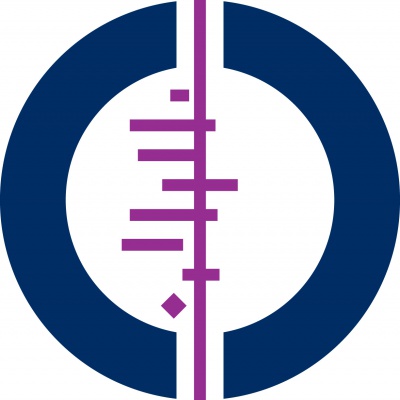


What is the aim of this review?
This Cochrane review aimed to assess the effects of artificial lenses placed in the eye after the removal of cataracts. In particular, we wanted to compare the outcomes of trifocal versus extended depth of focus (EDOF) intraocular lenses.
Key messages
People who have trifocal or EDOF (TECNIS Symfony) lenses implanted following the removal of their cataracts may experience similar levels of distance vision.
People receiving trifocal lenses may have better near vision and may be less dependent on spectacles for tasks that need good near vision than those receiving EDOF (TECNIS Symfony) lenses.
After surgery, unwanted visual effects such as halos and glare may occur with both types of lenses, with no meaningful difference detected between the lenses.
Significant complications of surgery or dissatisfaction with the choice of implanted lens are uncommon.
What was the focus of our review?
The lens in the eye may become opaque with age and this can lead to loss of vision. When this happens, it is known as a cataract. Eye doctors can remove the cataract in a short operation that replaces the cloudy lens with an artificial lens, also called an intraocular lens (IOL). Traditionally, these IOLs are ‘monofocal’ lenses, and are designed to work best for a fixed distance. For example, the IOL can provide good distance vision (such as for driving and watching television) or good near vision (such as for reading and sewing), but not both. This means that, historically, people often required spectacles for clear vision for both distance and near tasks following cataract surgery. More recently, newer lenses have been developed that aim to achieve clear vision over a wider range of distances, and remove the need for spectacles altogether. However, these newer IOLs are associated with unwanted visual effects such as halos and glare. This review compares the outcomes of two types of these newer IOLs: trifocal versus extended depth of focus (EDOF) lenses.
What did we do?
We collected and analysed all relevant studies that compared the outcomes of trifocal and EDOF lenses. We compared and summarised the results of the studies and rated our confidence in the evidence, based on factors such as study methods, sizes, and consistency of outcomes across the studies.
What did we find?
We found five studies, four of them were conducted in Europe and one in North America. The trials presented results from 233 participants (466 eyes) at follow-up of 3 to 6 months.
What are the main results of the review?
• People with trifocal lenses may have distance vision that is not very different to the distance vision of people who have TECNIS Symfony EDOF lenses after cataract extraction (low-certainty evidence). However, people with trifocal lenses may have better near vision and may be less likely to need spectacles compared with people with EDOF lenses (low-certainty evidence).
• Study participants completed questionnaires about their vision after cataract surgery. These showed that both types of lenses worked well and there did not seem to be any important differences between them (low-certainty evidence).
• Halos and glare occur with both types of lenses, with no meaningful difference detected between the lenses (low-certainty evidence).
• Adverse effects were uncommon (low-certainty evidence).
What are the limitations of the evidence?
All studies were relatively short-term in nature, with none reporting economic outcomes. We judged the evidence as ‘low certainty’ because the studies had imprecise results, and we were unsure if the design of the studies might have led to bias in the results.
How up-to-date is this review?
We searched for studies that had been published up to 15 June 2022.